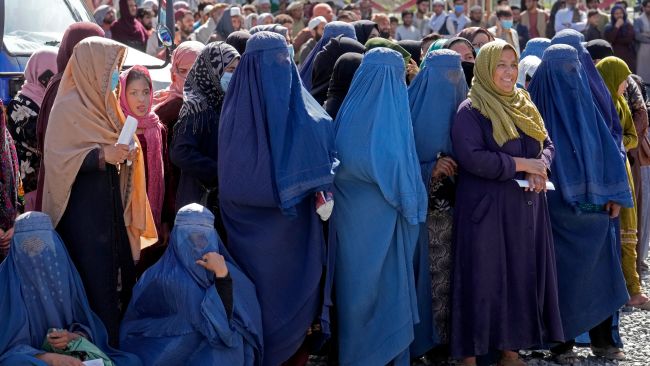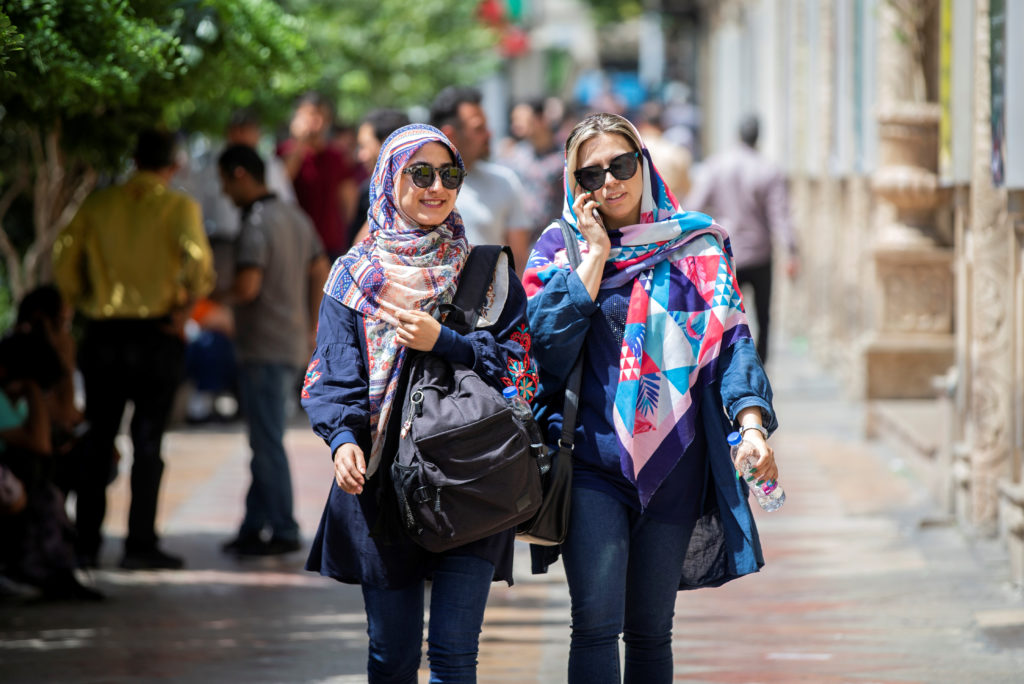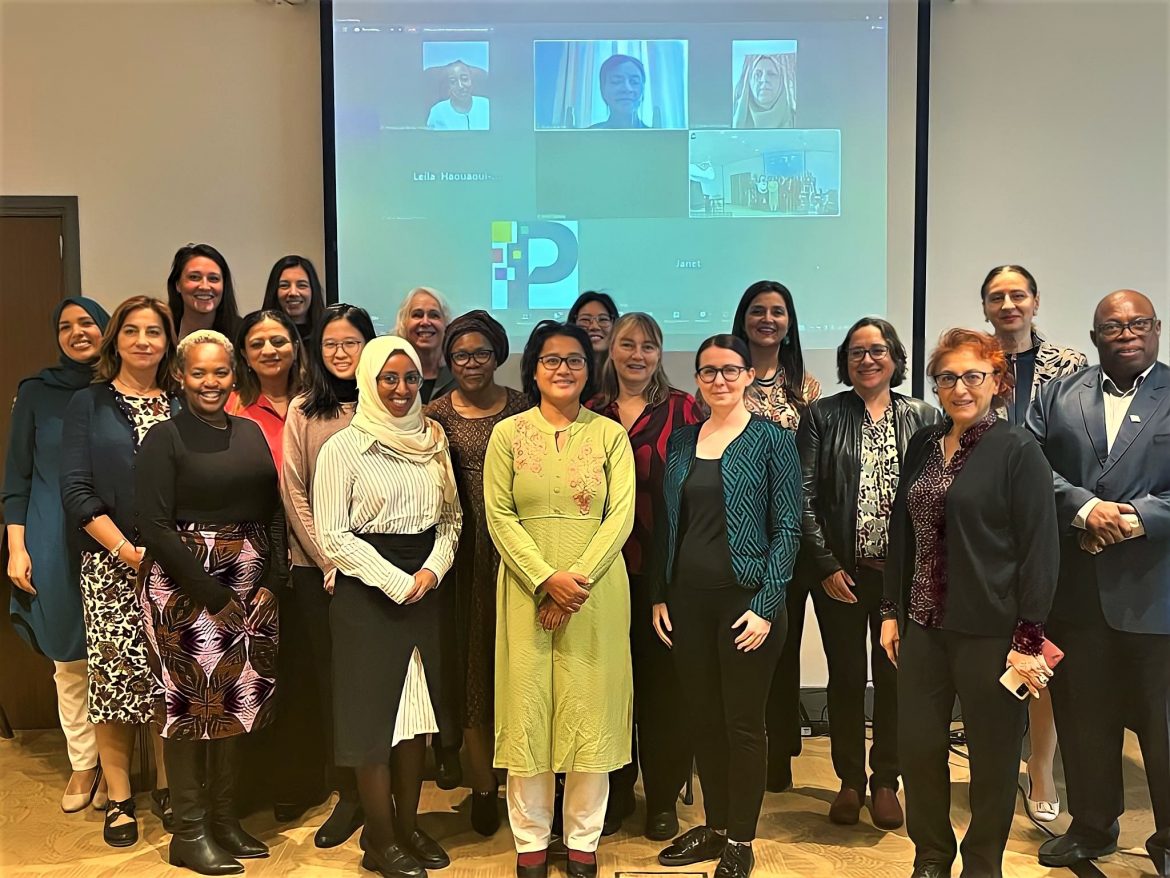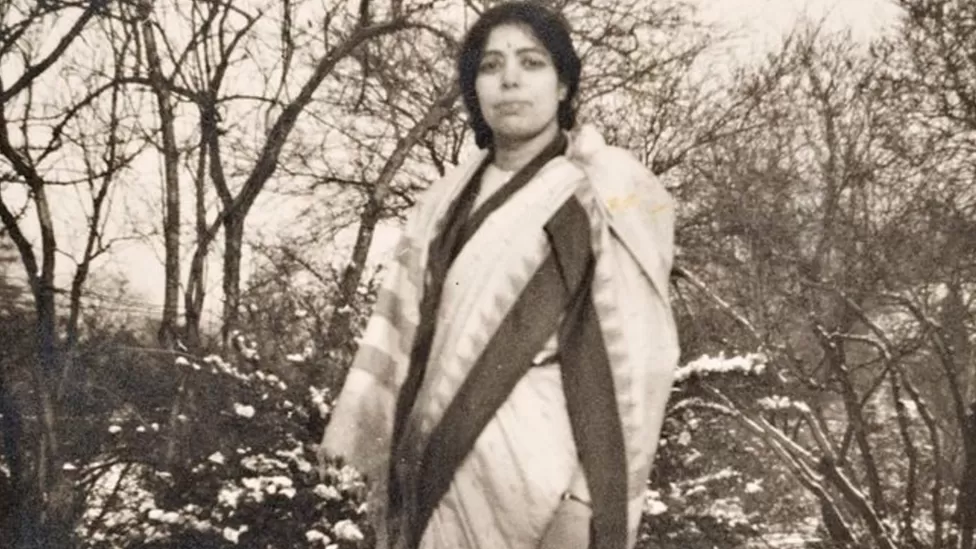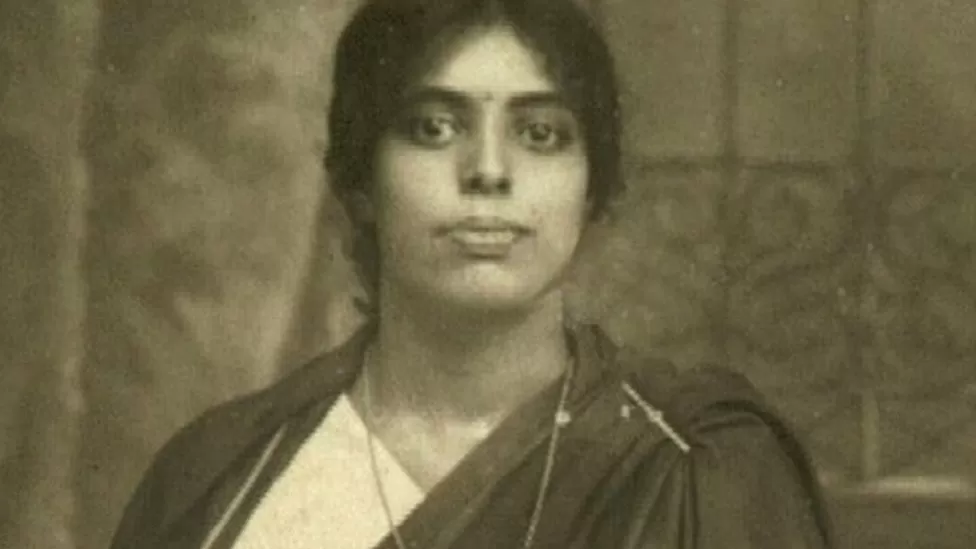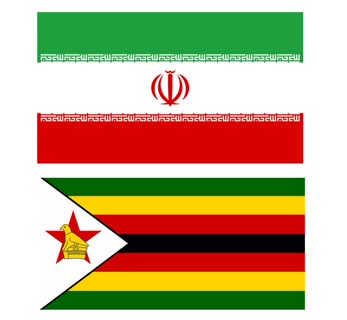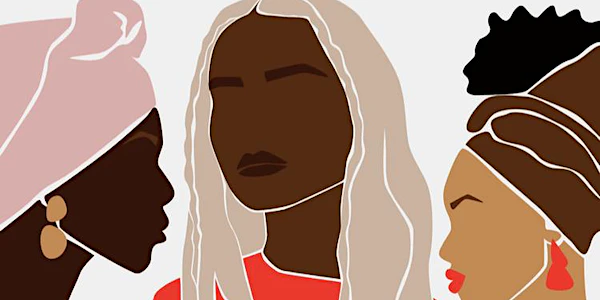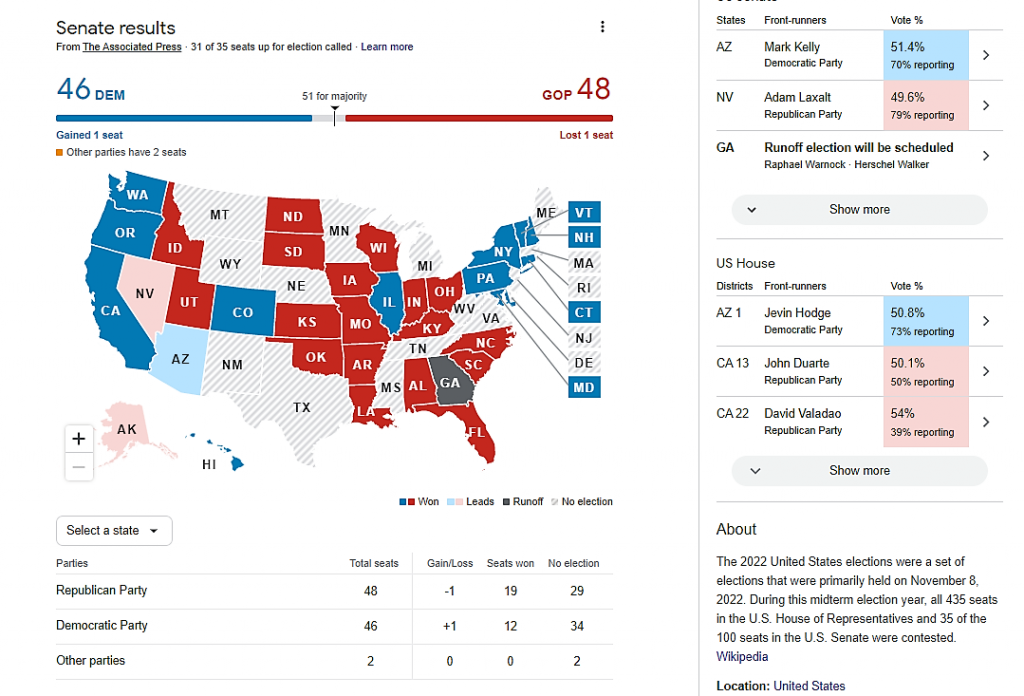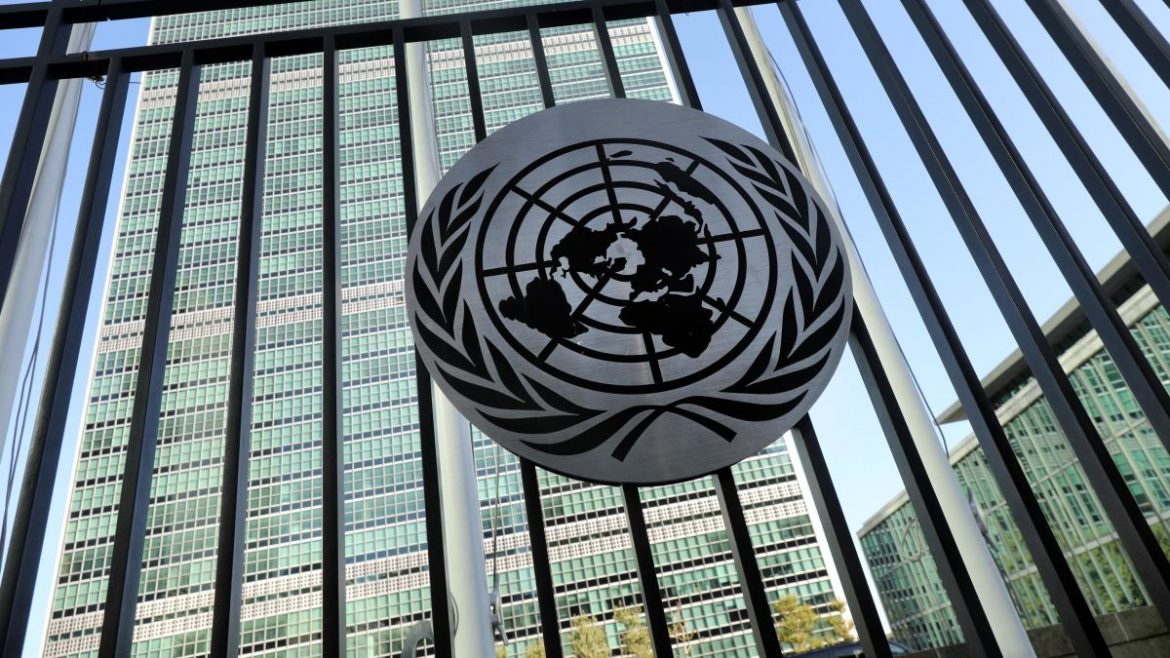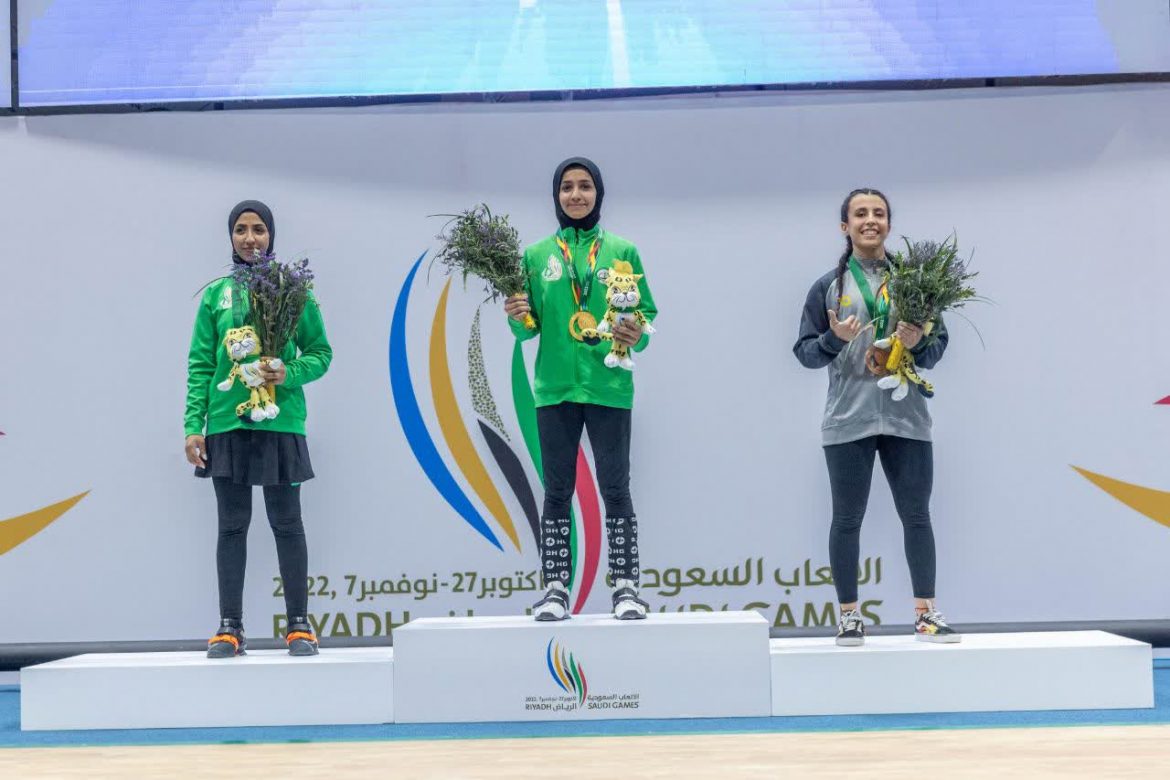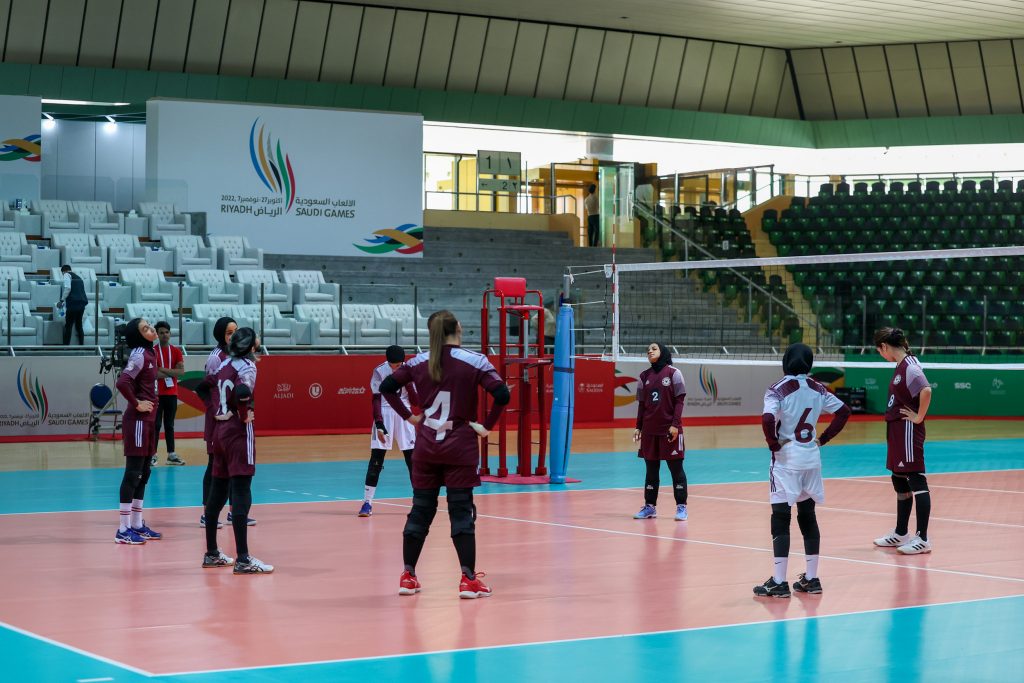New Zealand last month became the first advanced industrialized democracy to have a majority-female parliament. Women hold 50 percent or more of the seats in just six of the world’s parliaments.
None of these countries — not even New Zealand — hit this benchmark naturally. All of them nudged history along by using gender quotas or reserved seats, mechanisms that designated places for women as candidates or as parliamentarians.
In 2013, the New Zealand Labour Party revised its statutes, committing itself to a 50 percent-female parliamentary caucus by 2017. Such commitments bring more women into legislatures, but sexism remains. An independent report in 2019 revealed a New Zealand parliamentary culture marked by widespread bullying, sexual harassment, and even sexual assault.
The speaker of the House of Representatives recently ordered a follow-up investigation into the toxic behavior.
Gender parity in political bodies is a milestone worth celebrating. Countries with more women in their parliaments climb the international rankings that measure overall progress on gender equality. But equal numbers alone cannot produce equality, my research finds.
Election systems matter
Women in New Zealand received the right to vote in 1893, decades before women in the United States or Britain. Yet the number of women elected to Parliament grew slowly, remaining below 10 percent through the 1980s.
Women’s access to political power often stagnates even as women gain the requisite educational and professional credentials — and even as societies become more egalitarian. The research suggests women’s emergence as candidates and parliamentarians depends more on electoral systems and parties’ openness to women.
New Zealand is no exception.
In 1996, New Zealand scrapped its U.S.-style single-member district system and implemented a mixed-member system. Of the 120 parliamentary seats, about 60 percent are filled by elections in single-member districts, and 40 percent are filled proportionally from party lists in a single nationwide district.
New Zealand voters cast two votes: one for a candidate to represent their constituency and one for a party. The parties claim a proportion of seats roughly proportionate to the number of party votes they receive and award seats on the basis of rank-order position on the party list.
Systems using party lists favor the election of women. That is because parties prefer to nominate women to list positions, where having diverse candidate slates can appeal to voters. Parties are less likely to choose women for single-seat constituency races, where prestige and name recognition attract votes.
With the introduction of the mixed-member system, New Zealand women’s representation in Parliament climbed from 21 seats to 35, with steady gains ever since. The list tier creates a gendered feedback loop, but it’s not all positive. On one hand, list positions are more attractive to women because they are more accessible, creating a virtuous cycle.
On the other hand, winning via list lacks the clout of winning in a constituency, creating a vicious cycle.
Labour’s constitution stipulates that from 2017 onward, its parliamentary caucus should have gender balance. When determining the list candidates, party leaders should anticipate how many women will win single-member districts, and then allocate women to list candidacies such that the resulting caucus is 50 percent composed of women.
No other New Zealand parties apply quotas for female candidates. And Labour’s rule reinforces the perception of list candidacies as “women’s candidacies” — but when combined with the party’s electoral dominance, it produces results. In 2020, Labour won 64 of 120 seats, and women comprised 55 percent of the coalition.
All told, women won 58 seats in 2020, but departures and replacements then slowly shifted the parliamentary balance from near parity to majority-female. Last month, Labour’s Soraya Peke-Mason, a member of the country’s Indigenous Maori people, replaced a departing male colleague. Her addition put women at 60 seats and men at 59.
The historic change could be short-lived. A special election to fill the remaining empty seat takes place in December. Depending on the outcome, New Zealand’s Parliament would revert to gender parity, with women and men holding 60 seats each.
Of course, this would still be an accomplishment. Only 14 countries have parliaments that are more than 45 percent female. All of these countries climbed the rankings using some form of affirmative action. Leftist parties in Iceland, Sweden and South Africa, for instance, implement internal quotas for female candidates.
In Bolivia and Mexico, a constitutional mandate for gender parity among candidates has led to parity in the legislatures.
Men have held most political offices for centuries, and party nomination practices reproduce this pattern. Mechanisms such as quotas for female candidates hurry history along.
Not perfect down under
In 2017, the same year Labour committed to gender parity in its parliamentary caucus, party leader Jacinda Ardern became prime minister. She rapidly attained international status, celebrated for her clearheaded pandemic leadership and for leading Labour to another victory in 2020.
Yet workplace cultures change slowly — even parliaments with (near) gender balance do not become egalitarian paradises overnight. This is a global pattern, and New Zealand, again, is no exception.
In 2015, several female members of Parliament took offense at then-Prime Minister John Key’s flippant reference to sexual assault. When they expressed dismay by citing their own assault histories, they were ruled out of order and asked to leave Parliament.
A 2018 survey of female MPs representing New Zealand’s major parties found that 44 percent reported receiving humiliating sexual remarks during their tenure. Fellow MPs were the most common perpetrators. Female MPs also validated the 2019 report’s findings. One year later, an MP and a minister resigned after allegations of sexual misconduct against both.
Obstacles to women’s political equality exist outside of Parliament, too. While public opinion shows support for women in Parliament, New Zealand’s female MPs are increasingly the target of misogynistic and sexualized comments on social media. Media coverage continues to emphasize personal attributes, such as age, and especially focuses on the bodies, clothing and appearance of Maori female MPs.
Electing more women is just a start
Women’s presence does matter. Voters perceive that legislatures and policies are more just and fair when men and women are equally represented. And women’s legislative presence changes legislative agendas. New Zealand passed a pay equity bill in 2020, for instance, ensuring that women in low-wage sectors receive remuneration equal to men’s wages in comparable sectors.
Still, female MPs in New Zealand largely come to Parliament from the less-prestigious candidacies, and they face misogynistic comments and harassment from their peers, the news media and online trolls. Political equality starts but doesn’t end with the numbers.







